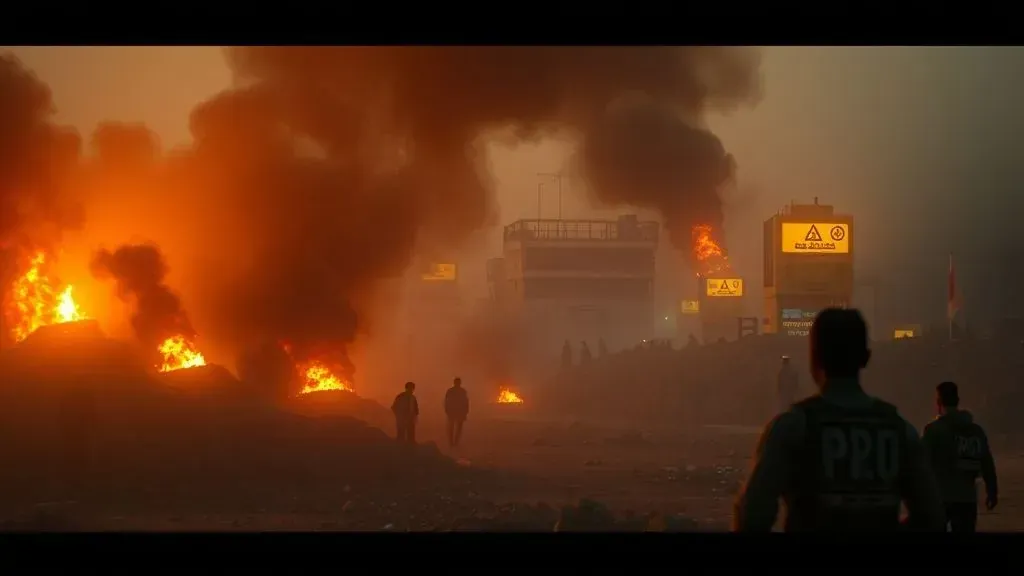
The Gaza war has claimed over 66,000 Palestinian lives and wounded 168,000 others since October 2023. President Trump released a 20-point plan to halt the fighting and foster recovery. Analysts view this as a pivotal move toward stability.
Background of the Conflict
Israel launched operations in Gaza after Hamas attacks in 2023. The prolonged battle disrupted lives and infrastructure across the region.
Tensions escalated with hostage takings and widespread displacement. International calls for ceasefire grew amid rising casualties.
Core Components of Trump's Plan
The plan demands an immediate ceasefire from both sides. Battle lines freeze to enable hostage exchanges.
Hamas must release all hostages, living and deceased, within 72 hours. In return, Israel frees 250 prisoners serving life sentences plus 1,700 detained post-2023.
#Demilitarization and Security
?An international body will disarm Hamas and demilitarize Gaza. Israel maintains a security perimeter for protection.
Amnesty offers apply to Hamas members who commit to peace and surrender weapons. Safe passage allows those wishing to leave Gaza.
#Aid and Reconstruction
?Full humanitarian aid resumes immediately upon agreement. This includes infrastructure repairs like water and electricity systems.
A special economic zone emerges with preferred tariffs to attract investment. Experts will craft a development strategy for Gaza's revival.
#Governance Transition
?A technocratic Palestinian committee handles daily services temporarily. International oversight ensures apolitical administration.
Trump chairs a
Board of Peace
with figures like Tony Blair. This body guides reforms until Palestinian Authority assumes control.
Reactions and Statements
Netanyahu expressed support during a joint press conference. He stated Israel aligns with the plan's goals for security.
According to Axios, Trump described the deal as
very close
after discussions. He emphasized U.S. backing for Israel if Hamas refuses.
Hamas officials called the proposal unviable without full Israeli withdrawal. They demand safeguards for Palestinian rights.
Diverse analysts highlight the plan's focus on deradicalization. Politico reports it requires Hamas to relinquish political rule in Gaza.
Challenges Ahead
Implementation hinges on Hamas acceptance, which seems unlikely given past rejections. Enforcement of demilitarization poses logistical hurdles.
Economic revival needs substantial funding from Arab nations. Sustaining peace requires addressing root causes like settlements.
#International Involvement
?Arab states may provide security forces for Gaza. Their buy-in strengthens the plan's viability.
The U.S. commits to overseeing the process. This ensures accountability in hostage releases and aid distribution.
Implications for the Region
?Success could expand peace accords like Abraham Accords. It might include more countries for broader stability.
Failure risks prolonged conflict and further casualties. Diplomats urge negotiations to build on this framework.
This plan underscores U.S. leadership in Middle East peace efforts. It addresses immediate humanitarian needs while eyeing long-term prosperity.



